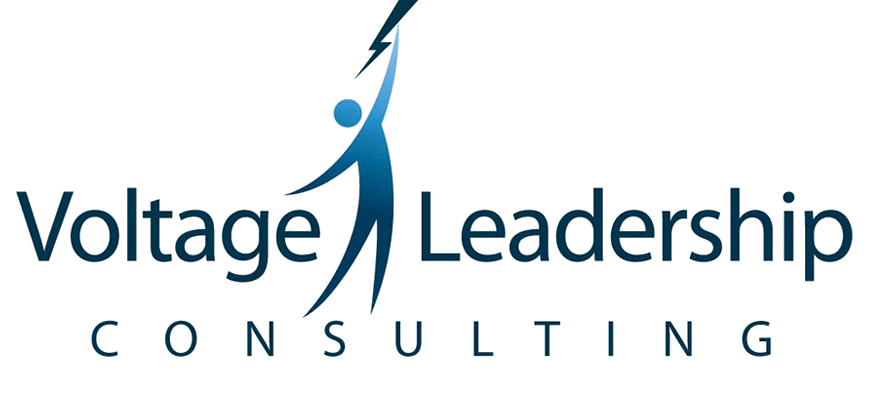Team & Individual Assessments: Q &
Voltage Leadership Consulting has been publishing a series of blogs with specific details about the particular assessments we use with our clients. this past month You may be wondering if assessments are even important and why you should be paying attention to this information. There is a lot of information on individual, team, and organizational assessments. Most articles state the benefits of why assessments can help an organization, but why does Voltage use assessments?
Assessments are great at providing a language that can be used inside and across organizations to create a common understanding of things that are not easily understood. By utilizing assessments, we can enter into an organization and establish a baseline so that employees can work on different challenges and development opportunities, even career goals, and be able to have a shared understanding. The tools are most effective when the same set of assessments are used within an organization, and everyone has the opportunity to take the assessment, be trained in the assessment, and be given a strong set of tools to know how to use the assessment.
When used properly, assessments help improve an organization’s job selections, development plans, team performance, organizational culture, and many other key performance indicators. Below we have answered a few commonly asked questions and elaborated on how Voltage uses these tools.
Is it possible to be successful without using assessments?
Absolutely, many organizations have been successful without using them. The assessment speeds up the process to help individuals, teams, and organizations to perform more effectively quicker. Assessments used well can help employees get to a shared understanding of each other much more quickly than waiting for it to happen naturally.
What can go wrong with assessments? Are there any particular warning signs to look out for?
Be cognizant of in-group and out-group formations.
For example, when working with one organization, many of the employees had familiarized themselves with the DISC assessment and would use the language. Employees would refer to others as acting like a “D”—otherwise known as a driver or dominance. Those who were not familiar would walk around without an understanding of what the letters and language meant. This causes a rift in the organizational community.
In addition, the assessment training could differ within the organization. For some, they may have gone through a significant amount of training and been able to receive a lot of useful feedback, while others get nothing but their results.
This can create a feeling of in-group, out-group in your culture. So you have to watch how you’re going to use the assessment and how you’re going to communicate what the plan is around using the assessment.
Thinking that the tool is the solution to everything
Some of our clients will believe that the assessment tells them how to hire exactly the right person and may misuse the tool. For example, an organization relied heavily on the DISC assessment. The leaders believed that all of their sales team should be a “D” (driver/dominant). When they studied their best sales people, they realized the best were those who had multiple styles. Before coming to this realization and being trained in regards to DISC, this organization may have missed out on many great hires and opportunities to grow their sales force and earnings.
What are the assessments that Voltage typically uses? Why choose these?
DISC is a common assessment that we use. It is great for helping teams and individuals communicate more effectively, quickly. It provides insights on people’s behaviors and motivations. It describes the behaviors that people will see in the workplace and helps you adapt both your style and flex to other people’s styles. DISC can greatly enhance team performance by understanding the various styles on the team and putting them in strategies to help people adapt to each other’s styles. It also helps managers and employees get on the same page quickly and improve each other’s performance.
The Team Work Cycle is great at helping people understand the different stages a team works through and the preferred stage for each member of the team. It allows the individuals to recognize which stage the team is in and how they can best contribute. It is also great at identifying what might be happening with the team and providing possible solutions to help the team move to the next stage.
We use the Hogan Assessment extensively to help teams recognize the personality of the teams and potential issues that could derail the team. It also helps them identify the culture they’re shaping for the team. It’s great for selecting the right talent, growing the right talent, and putting together high performing teams.
The assessment evaluates team and individual performance of specific behaviors that relate to the 5 different dimensions of trust. The tool also demonstrates to teams the places they will find success together and how to eliminate areas in which success would be difficult. With this information, the team can leverage their strengths and work on their weaknesses to promote the successes of the team. Teams have the opportunity to be candid and transparent due to the focus on trust building behaviors and data specific aspect of the assessment.
Although these are the most popular assessment used by Voltage clients, there are several others the team is certified to use and facilitate such as Strengthfinders or the 360 degree assessment. Let us know what you are looking to achieve and we will help you choose the appropriate assessment for your team.
Assessments are great at giving clues to increasing performance of an individual team and organizations at large. However, we must be cautious not to use them as weapons, but instead to use them to serve a foundation for important conversations to help win success. Great leaders will use assessments to build fantastic organizations. Poor leaders will use assessments to prove their points.
